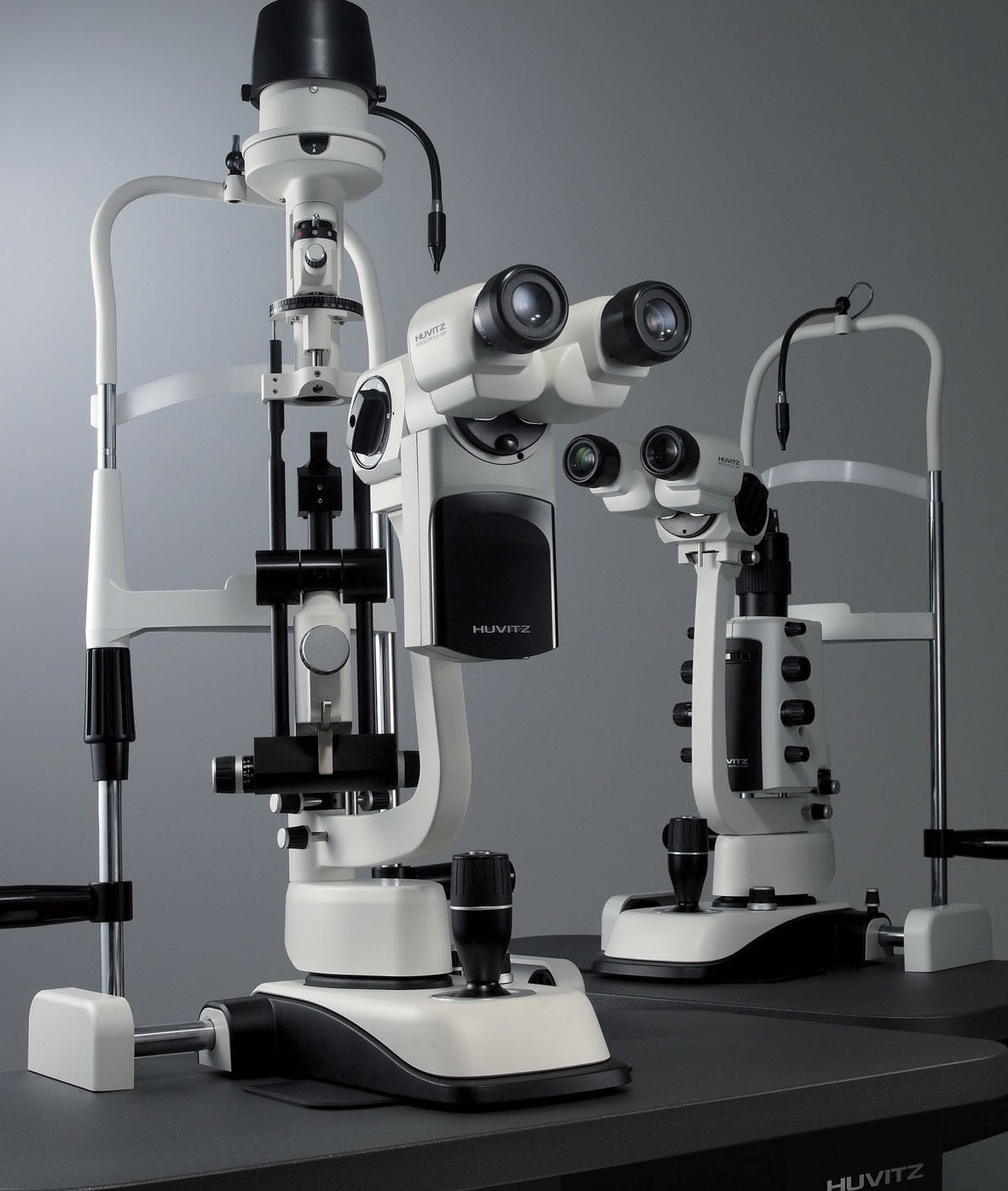
Title: Improving eye care: a review of ophthalmic equipment in clinics and dispensaries
Introduction: Ophthalmic equipment plays a vital role in the diagnosis, treatment and management of eye diseases and visual impairments in clinics and dispensaries. From comprehensive eye exams to precise eye measurements, these specialized tools enable ophthalmologists to provide precise and personalized care to patients. In this review, we look at ophthalmic equipment used in clinics and dispensaries, including slit lamps, tonometers and autorefractors, and their importance in facilitating ophthalmic examinations and vision testing.
-
Slit lamps: Slit lamps are versatile diagnostic instruments used to examine the anterior and posterior segments of the eye with high magnification and adjustable illumination. These binocular microscopes feature adjustable slit beams and magnification settings, allowing ophthalmologists to visualize and evaluate eye structures such as the cornea, iris, lens and retina in detail. Slit lamps are essential for detecting and monitoring a variety of eye diseases, including cataracts, glaucoma, macular degeneration, and diabetic retinopathy. By providing accurate images and videos of the eye, slit lamps assist in clinical documentation, patient education, and treatment planning in ophthalmology practices.
-
Tonometers: Tonometers are diagnostic devices used to measure intraocular pressure (IOP), a critical parameter for assessing the risk of developing glaucoma and monitoring the progression of the disease. These devices use a variety of principles, including applanation, indentation, and rebound tonometry, to accurately determine IOP values. Goldmann applanation tonometry, performed using slit lamps, is considered the gold standard for IOP measurement and is widely used in clinical practice. Non-contact (air-puff) tonometers and hand-held rebound tonometers offer alternative methods for screening IOP levels, especially in pediatric and ineligible patients. By providing accurate IOP measurements, tonometers help in the early detection and treatment of glaucoma, the leading cause of irreversible blindness worldwide.
-
Autorefractors: Autorefractors are automated devices used to evaluate refractive errors and determine an appropriate eyeglass prescription for vision correction. These devices use infrared or laser technology to measure the optical characteristics of the eye, including its ability to focus light on the retina. Autorefractors provide fast and efficient objective refractive measurements, reducing the subjectivity associated with traditional subjective refractive methods. With their ability to capture multiple data points and analyze refractive patterns, autorefractors help ophthalmologists optimize visual acuity and improve the accuracy of eyeglass prescriptions for patients of all ages.
Conclusion: Ophthalmic equipment plays a key role in providing comprehensive ophthalmic services in clinics and dispensaries. From slit lamps that allow detailed eye examinations, to tonometers that assess intraocular pressure, and autorefractors that detect refractive errors, each piece of equipment contributes to diagnostic accuracy and treatment effectiveness in ophthalmology practices. By investing in state-of-the-art ophthalmic equipment and ensuring proper training of ophthalmologists, clinics and dispensaries can expand their capabilities, improve patient outcomes, and improve eye health in their communities.






